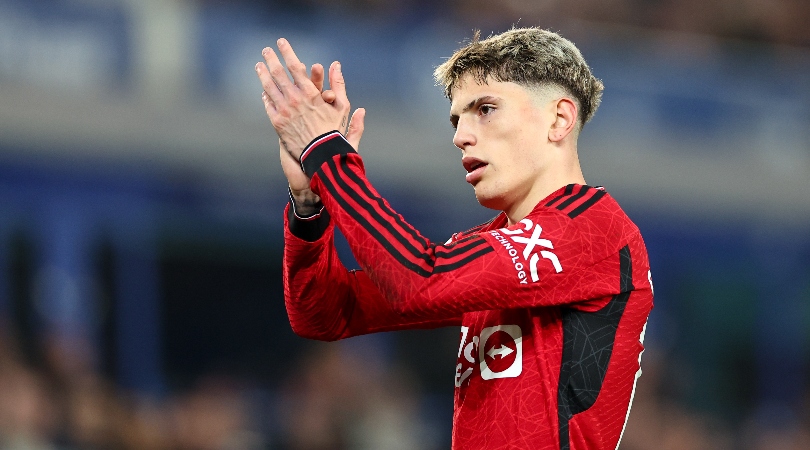

Ahh, pure profit: in the white-hot core of the summer transfer window, snooker clubs and public houses up and down England are abuzz with lively debate about EBITDA.
Premier League fans are notorious for it. You cant move for amortisation chat. Safe standing? Not from banter about amortisation and allowable losses, its not!
None of this is about football. Even for supporters whove long since accepted that clubs must operate as businesses and that some sort of regulatory framework has to be applied to their finances, the age of the Premier League's financial laws is a bit too much.
What is pure profit? And how does it relate to PSR?
It's impossible to get to grips with the importance of 'pure profit' without an understanding of the machinations of PSR, so we really have to start there.
In the Premier League, PSR stands for Profit and Sustainability Rules. They have a huge impact on how much clubs can invest in the transfer market and the calculations, broadly, are predicated on allowable losses.
In every three-season period, a Premier League club can sustain �15m of losses before tax (�5m per season on average) before they're in breach of PSR.
Additionally, 'secure funding' rules allow wealthy club owners to guarantee losses of up to �90m over the three seasons (�30m per season on average) by buying up shares.
In total, a maximum �105m in losses over three years will be compliant.
The outgoings part of the calculations includes transfer fees, player wages, and paying up the contracts of managers and players whose deals have been terminated. This is where we start to get to grips with pure profit, as something that's preferable over your regular profit
What is 'pure profit' and why is everyone talking about it?
Because every club in the Premier League wants to improve over time through player trading, the aim isn't to limit outgoings in order to stay within allowable losses as much as to increase income to move the entire calculation in a club's favour.
There are lots of ways to do that. Commercial deals and business revenue growth improve the bottom line. Like it or not, selling off parts of a club (a women's team or a stadium, to pluck just a couple of examples out of thin air) can help too.
But transfers in and out are the most significant figures on the PSR balance sheet and the best way to buy a player is to sell one too.
PSR specifically incentivises these transactions. Selling one player and buying another is more beneficial than just keeping one. That's a problem. Here's how it works.
Amortisation is a common way to spread the total cost of a business asset across all the accounting years of its lifetime. Players are assets and the transfer fee is amortised staggered, for you or I over the length of a player's contract, even if the fee is actually paid up front.
When a club buys a player for �40m on a four-year contract, the player has an asset value of �40m at the start of the contract and zero when it expires.
The fee is represented for PSR purposes as a �10m loss in each of the four years, spreading the loss over time.
But revenue from selling that player two years in would immediately be booked as �20m in player trading revenue and represent �10m in profit (or, more pertinently, �10m less in losses). Consequently, players now commonly move even when both they and their clubs would prefer they didn't.
And that, finally, brings us to pure profit.
Homegrown players are massively valuable in a PSR world because the real profit they represent in transfer fees is booked as profit against the PSR calculation, too.
They're signed for nothing and can be sold for colossal fees, setting clubs up for years to come, in some cases even when a replacement is brought in for a comparable but amortised transfer fee.
Setting aside the fact that this so-called profit is impure by definition (since it costs a whole ton of money to develop a top player) in PSR terms, it makes homegrown players vulnerable to unwanted moves because there simply isn't a PSR silver bullet like it.
Because of his nice round transfer fee of �100m, Jack Grealish has become the classic example.
Aston Villa invested lots in Grealish over the years but not a single penny of it was transfer fee. The second the ink was dry on his Manchester City deal, Villa made �100m.
While the financial reality is that the selling club in that case spent money on developing the player over decades, as far as PSR is concerned in that particular three-year period, that �100m was pure profit.
You'll never sing that.
TOPICS

